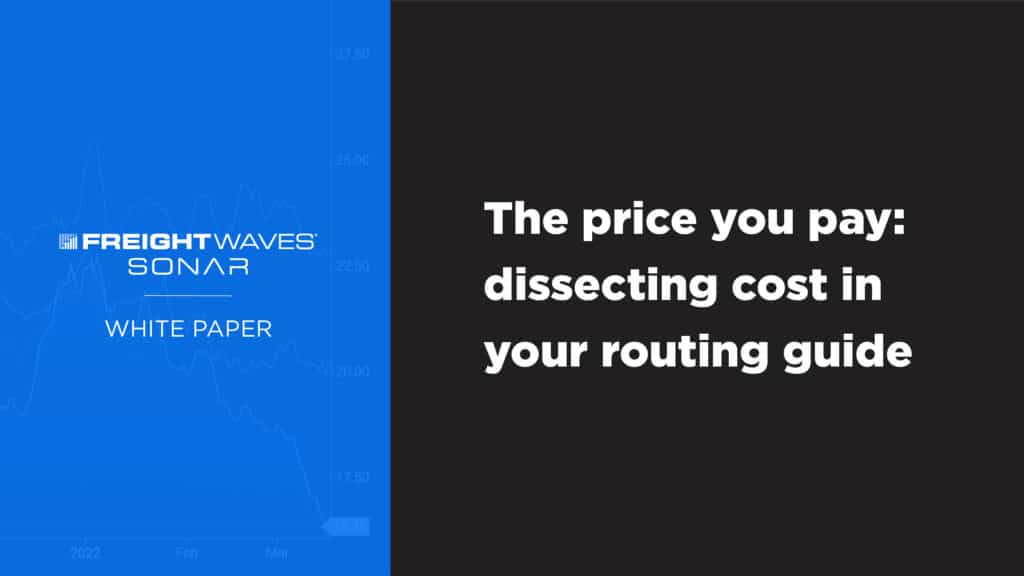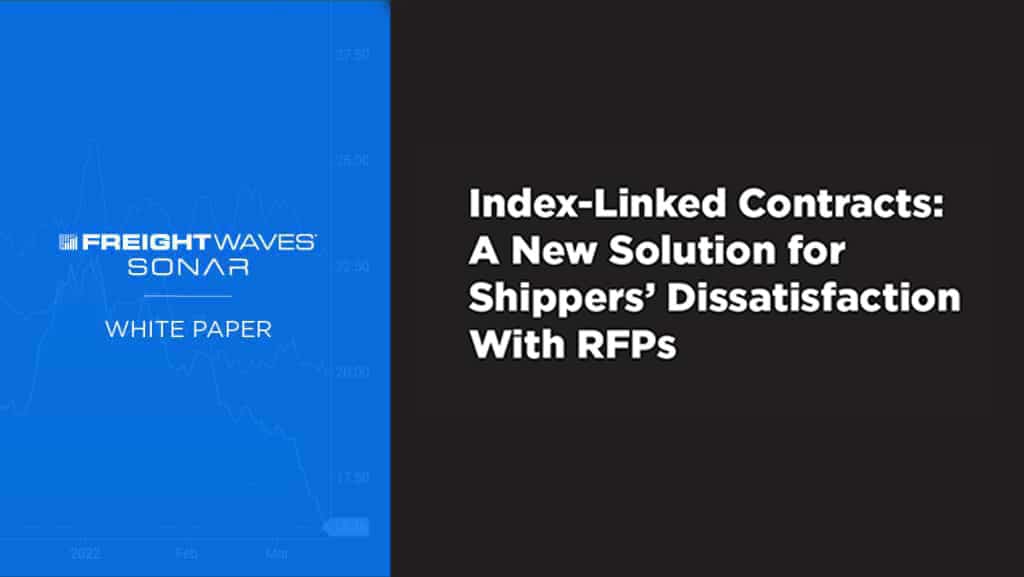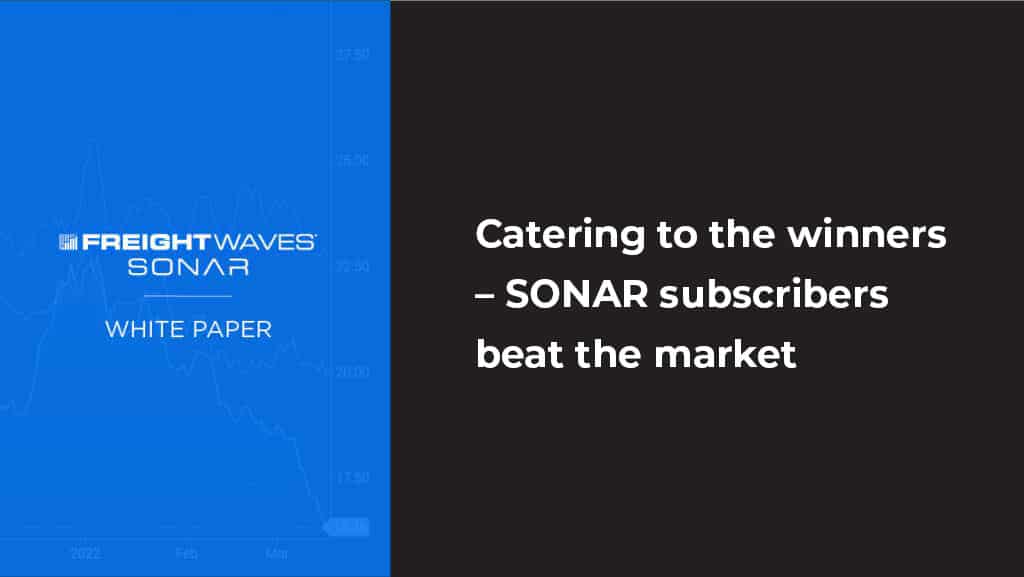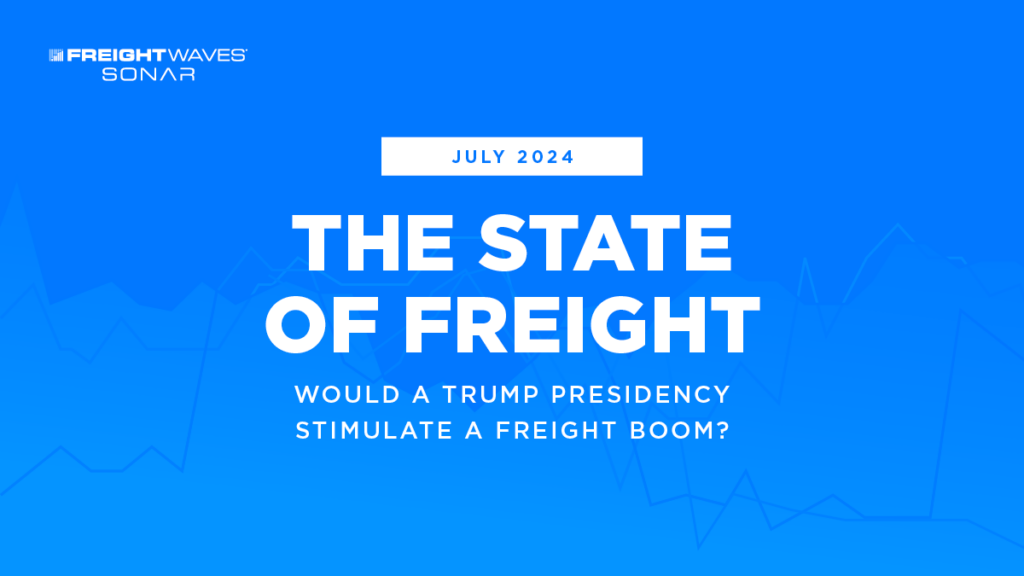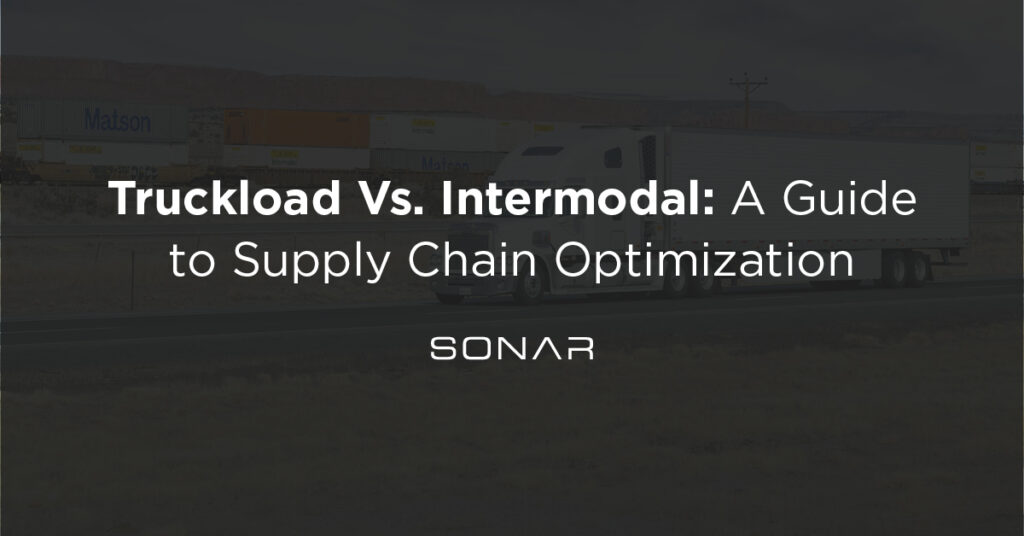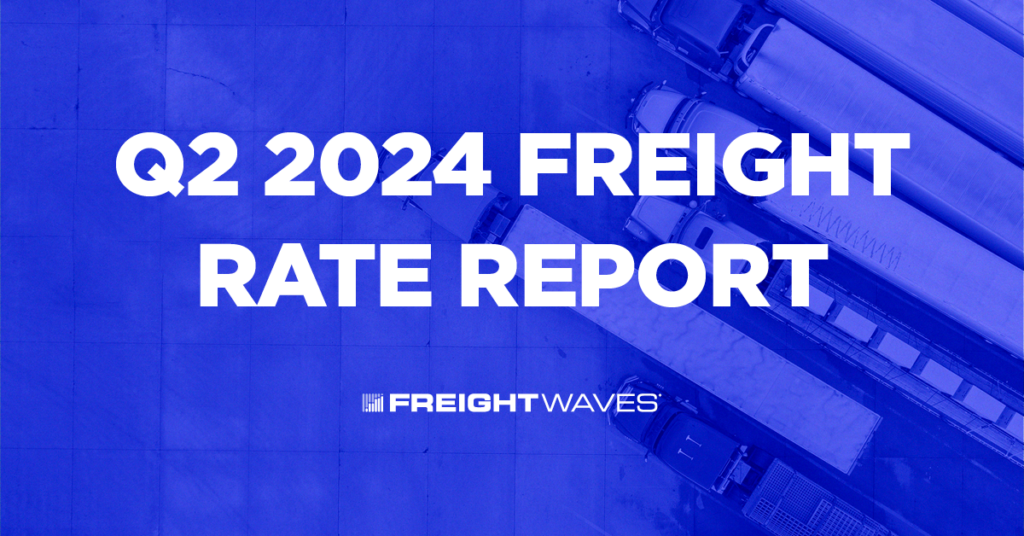The waterfall theory of freight highlights the impacts that routing guides have on the relationship between shippers and carriers. In a soft freight environment, much like the current environment, routing guides remain largely intact as carriers accept nearly all of the freight, thus rates remain depressed, freight moves in a more predictable pattern and hitting budget targets is normal.
However, when the market turns, which it can do in a matter of weeks, routing guides fall under pressure and inevitably fail. When routing guides fail, shippers are subject to numerous costs, both direct and indirect, thus mitigating the risk of failure is paramount for when the market inevitably turns around.
In this white paper you will learn:
- Direct costs of routing guide failures
- Indirect costs of routing guide failures
- How FreightWaves SONAR can prepare you for changes


